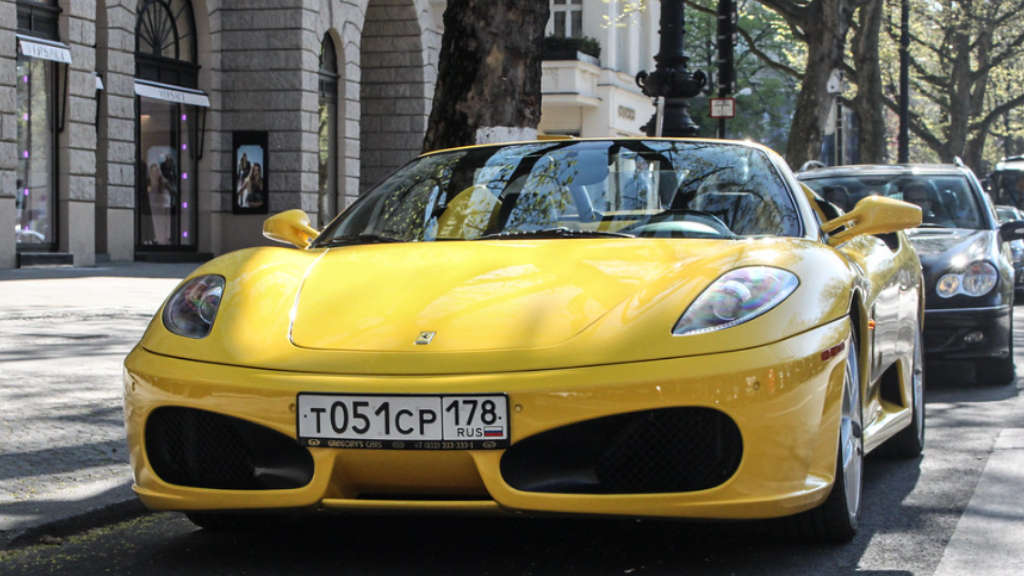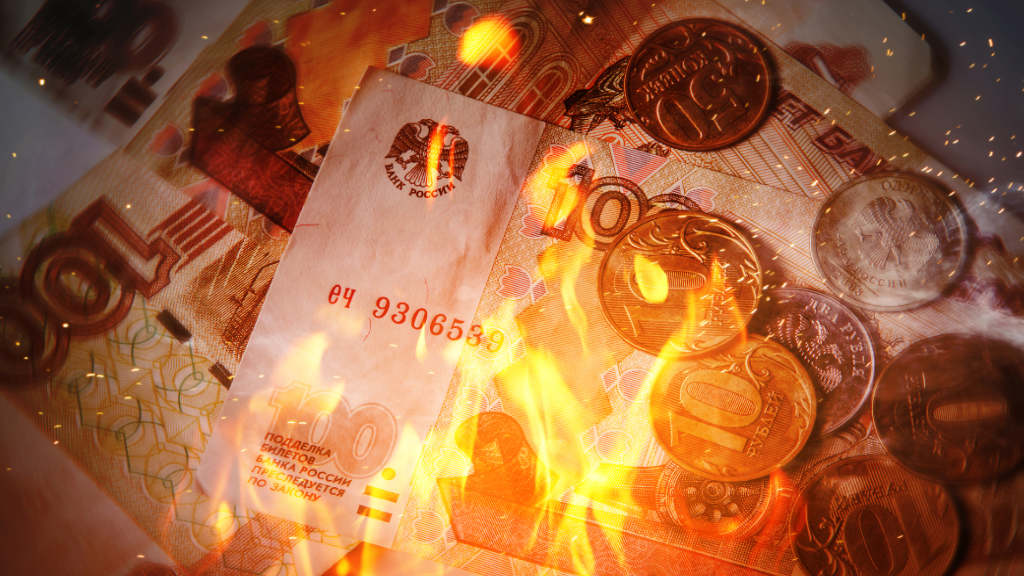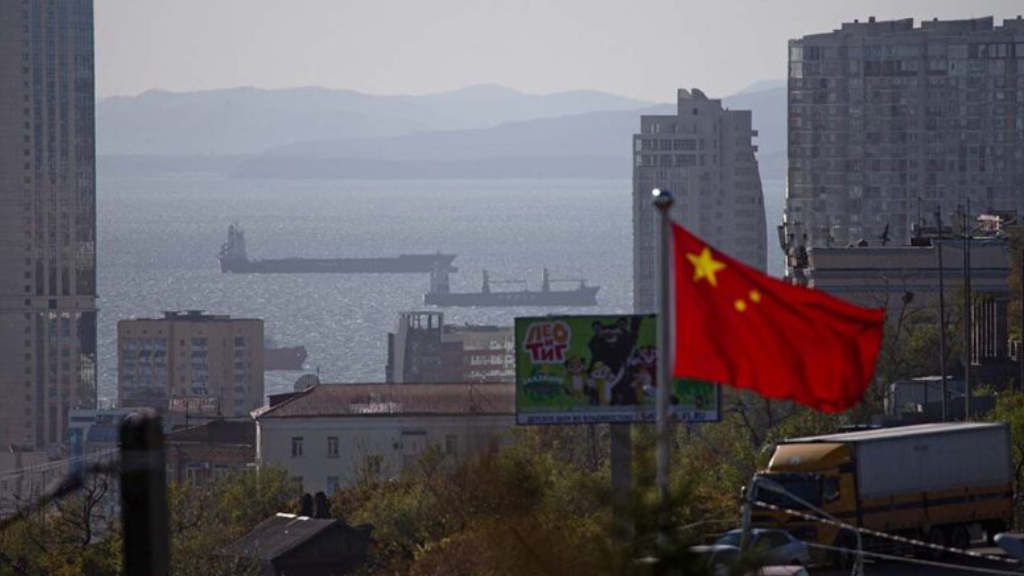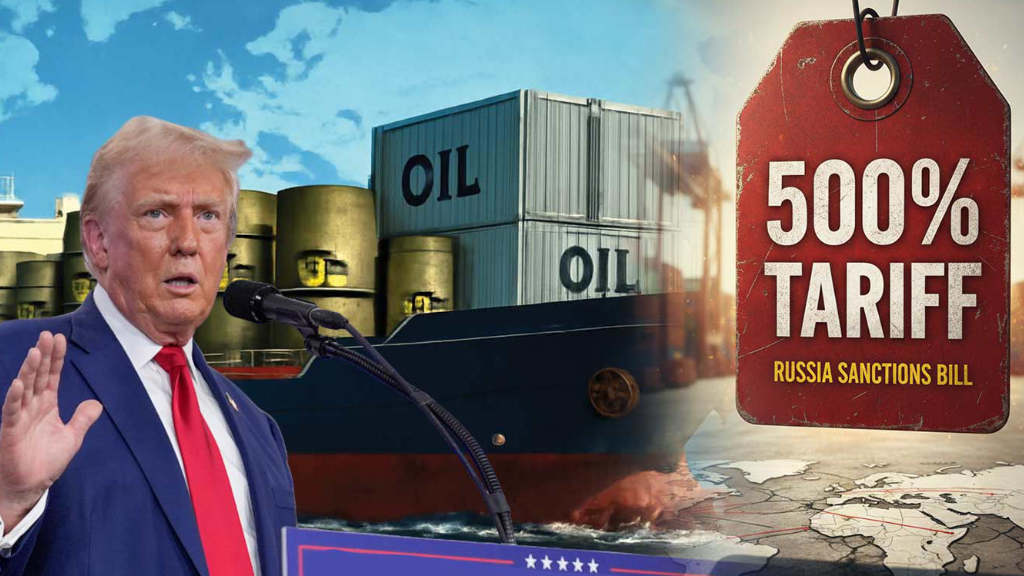The category of “luxury” cars available in Russia has changed radically since 2014. While Western brands such as Ferrari, Lamborghini, Rolls-Royce https://www.rolls-roycemotorcars.com and Bugatti, have dominated the past decade, 13 ‘premium’ brands have been recently added, including China’s Hongqi, Lixiang, and Zeekr marques. Leadership in the luxury segment is consistently held by well-known Western brands with a history, while Chinese brands with a comparable price are considered premium. Sales of luxury cars are generally stable: negative economic factors do not affect them so much, and the strengthening of the ruble is spurring demand. By the end of the year, sales of luxury cars in Russia are likely to increase, according to Russian dealers. But it is important to define between the luxury and premium categories in the auto sector.
Sales of new luxury cars in Russia in April — despite declines in other segments of the passenger car market — grew by 15% year-on-year, to 78 units, according to the Avtostat auto industry research analysts.
According to them, sales during the January-April 2025 period amounted to 193 units. The surge in demand in April is probably connected with the strengthening of the ruble, with imports becoming cheaper, and as a result, buying is more profitable.
In general, according to Nikolay Baskakov, Director of the Avilon Premium Division of Avilon AG, the luxury car market in the country is quite stable. Evgeny Zhitnukhin, Commercial Director of the Fresh automobile marketplace, explains this by the stability of the target audience, which has high solvency and is less susceptible to the influence of economic shocks, saying. “They are ready to buy cars even in the face of rising prices and economic fluctuations.”
According to Avtostat, the leader in the luxury car market in April was the Bentley brand, whose sales grew by 22.7% to 27 units. In second place was Rolls-Royce with 26 units, an increase of 62.5% over 2024. Lamborghini rounded out the top 3, having reduced sales by 45.5% to 12 units. They were followed by Ferrari and Aston Martin, whose sales grew 4.5 times to 9 units and 1.5 times to 3 units respectively. The most popular models in April were the Rolls-Royce Cullinan, Bentley Bentayga, Bentley Continental GT, Lamborghini Urus and Rolls-Royce Spectre. The Russian luxury brand Aurus is also present on the market, but sales of the brand’s cars are not officially disclosed.
Most often, purchases are made in the Moscow region. Market participants also note that luxury cars are often leased by companies for CEOs.
Luxury vs. Premium
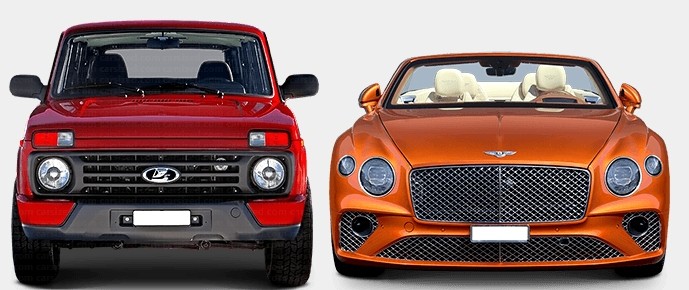
The line between luxury and the upper premium segments in the car market is blurred, and there are no clear criteria for division, industry participants state, blurring the line between well-established western and Chinese marques. But in addition to the high price, which is inherent in both segments, luxury cars are distinguished by the history of the brand and a high reputation.
Maxim Kadakov, editor-in-chief of the magazine “Za Rulem” says that “There are no boundaries here. Everyone, for example, believes that Rolls-Royce is luxury. Because this has been developing over the years, decades, and with some cars, more than a century.”
At the same time, there are brands on the Russian market that are premium, but within their lineup there are models that are either bordering on, or entering the luxury segment, notes Nikolai Ivanov, director of the new cars department at Rolf. “For example, the Jaguar Land Rover brand. The Range Rover Autobiography SVO model costs more than ₽40 million (US$490,000). This is almost the price of a Bentley Bentayga.” The average cost of a luxury car in Russia, according to a survey among dealers, is ₽30–45 million.
According to Evgeny Zhitnukhin, the differences between the luxury and premium segments are exclusivity, the use of high-quality materials, handcrafted work and unique design solutions, which makes cars, in essence, “works of art.” But, he confirms, given inflation and changes in the car market, the differences between these categories are becoming less obvious. Some premium manufacturers have begun to offer models with luxury elements, seeking to attract customers from a higher segment.
Another difference between luxury cars is their limited supply. Such cars cannot be sold in quantities of 5,000 units per month.
Defining Luxury

One of the official criteria for a respectable car in Russia is inclusion in the list of models subject to the so-called luxury tax. This tax is calculated using a specific formula: the standard transport duty is multiplied by a coefficient depending on the cost and age of the car. The list of cars subject to the increased tax is updated annually by the Ministry of Industry and Trade. It includes both luxury and premium brands.
In 2014, when the measure came into force, cars costing over ₽3 million were considered “luxury” in Russia. At that time, the list included 187 models of the following car brands: Audi, BMW, Cadillac, Hyundai, Infiniti, Jaguar, Jeep, Land Rover, Lexus, Maserati, Mercedes-Benz, Nissan, Porsche, Toyota, Volkswagen, Bentley, Aston Martin, Ferrari, Lamborghini, Rolls-Royce and Bugatti.
In 2022, after the adoption of amendments to the Tax Code, the minimum price of “luxury” cars increased to ₽10 million (US$120,000). This limit is still in effect. According to the list of the Ministry of Industry and Trade, in 2025, 555 models are considered “luxury” – three times more than in the original list. And the number of brands represented in the list has increased by 13 since 2014: Chevrolet, Genesis, Aurus and Chinese Aito, HiPhi, Hongqi, Lixiang, Seres, Tank, Voyah, Zeekr, BYD, M-Hero have all now appeared under this category.
The Chinese Approach
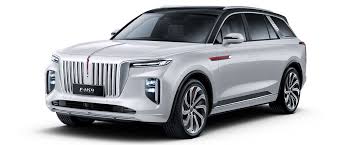
Despite the expansion of Chinese cars on the road in Russia, brands from China have not yet reached the luxury segment, and there are no prerequisites for the fact that they will in the future, according to industry participants. Chinese manufacturers themselves are in no hurry to position themselves as luxury, defining themselves instead as ‘premium’. Scepticism about Chinese cars among Russians in this segment has generally been overcome, meaning they are considered a good alternative (especially the upper limit of the premium segment) for those who do not want to overpay for supplies of European cars.
According to Avtostat, Chinese manufacturers took the lead in the new premium car market in January-April, which is showing a decline overall (minus 45.6% year-on-year). The Exeed brand is in first place, with sales down 51.6% year-on-year to 7,390 units. Tank is in second place, with sales down 33.9% to 5,760 units. Lixiang rounds out the top three, with sales down 67.7% to 3,320 units. BMW and Mercedes-Benz follow (minus 26.6% to 3,170 units and minus 21.5% to 2,020 units, respectively). The best-selling models in the first four months of this year are the Exeed LX, Tank 300, Tank 500, Exeed RX and Lixiang L7.
Parallel Imports
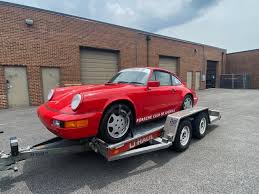
Foreign luxury car manufacturers have officially stopped deliveries to Russia in 2022, but cars continue to be delivered to the country via parallel imports, according to dealers. In particular, they are imported through Belarus, Armenia, and Kyrgyzstan.
Returning To Russia?
There is no talk yet about the return of luxury brands to Russia, however, according to Ivanov, it will be easiest for them to do so. “The entire supply chain consists of small automobile boutiques. These are not full-fledged dealerships, the opening of which requires much more preparation, effort and time.”
Most market participants and experts assess the prospects of the luxury car market positively, at least sales will remain at last year’s level. According to Avtostat, 568 such cars were sold in 2024. They suggest that “The growth of luxury car sales in the second quarter will continue, and the key factor is the summer season, when luxury sports models are actively purchased. The opposite situation though is likely in the premium segment. We clearly see that the premium car market will fall sharply. The forecast is at least 50% by the end of 2025.”
Further Reading

